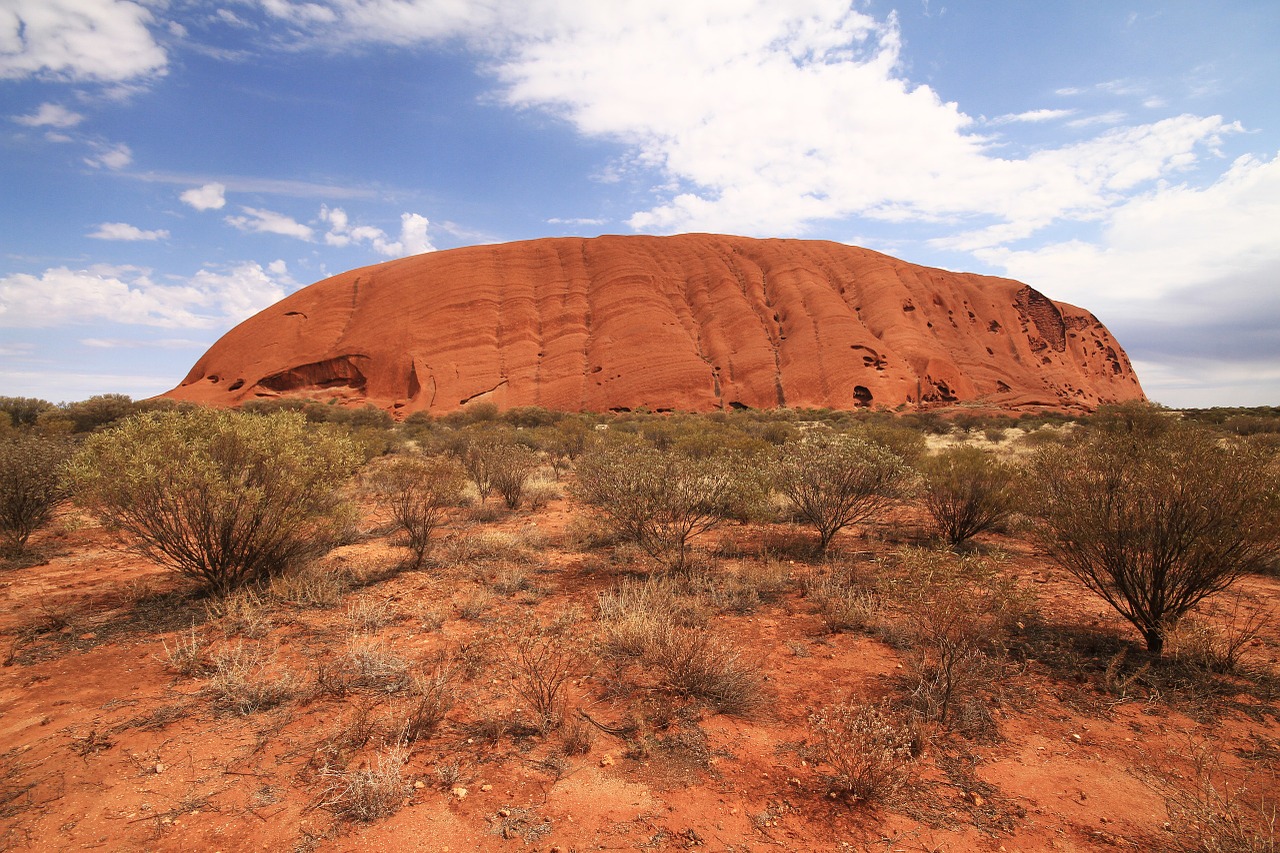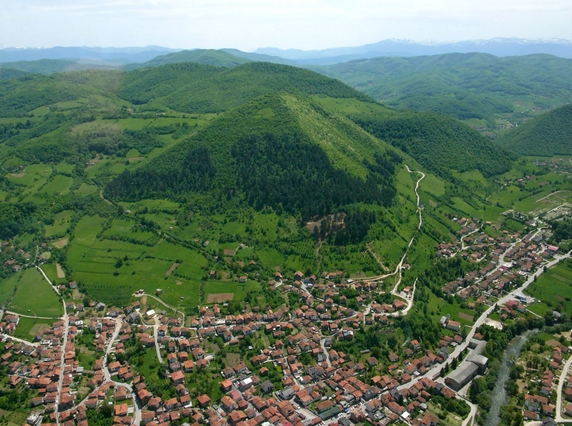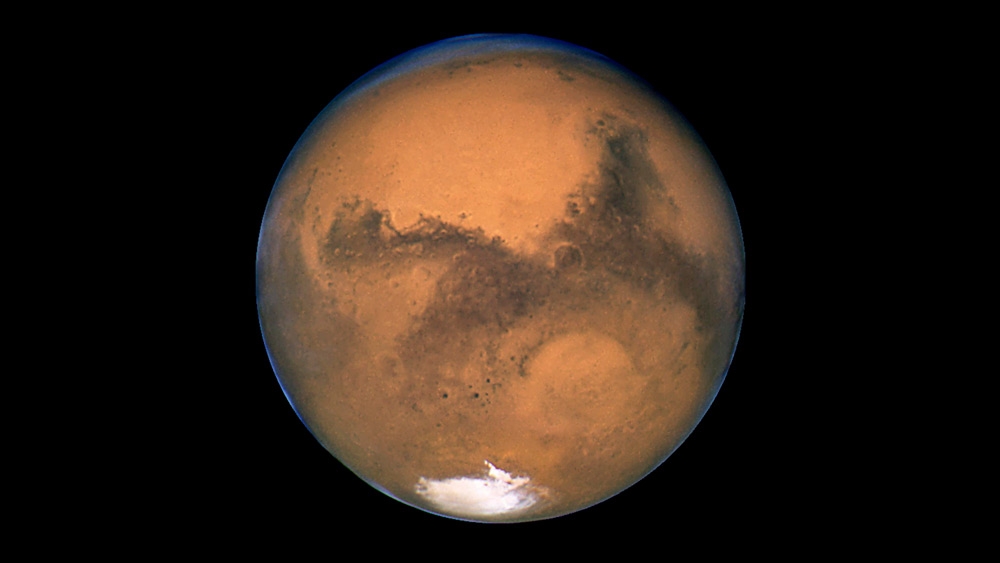Australia used to be home to giant flying turkeys the size of kangaroos
08/01/2017 / By Russel Davis

Australian researchers have recently discovered five species of giant birds, towering as tall as kangaroos, that once roamed the continent. As part of research, a team of paleontologists from Flinders University in South Australia examined megapode fossils from Queensland, New South Wales, South Australia and Western Australia and concurred that the specimens belong to five different species of giant birds: Garrdimalga mcnamarai, Progura gallinacea and P. campestris as well as Latagallina naracoortensis and L. olsoni.
It was initially believed that the megapode fossils, which were first discovered in the 1880s, belonged to a single specie of ancient bird. However, a series of examinations confirmed that the specimens represented five distinct species. According to the researchers, the birds lived during the Pleistocene between five million and 11,000 years ago, around the same time when Australia’s giant extinct marsupials such as diprotodons, marsupial lions, and short-faced kangaroos walked the continent. The researchers also noted that the giant bird were a distant relative to today’s malleefowl and brush-turkeys.
“These findings are important because they help us to understand our modern ecology. It has generally been thought that while Australia’s giant “ice age” marsupials were going extinct at a rate of knots, birds sailed through the Pleistocene relatively unscathed. We found that megapodes were once much more diverse than was previously realised, and that more than half of species went extinct during the Pleistocene. The species we have left are the ones that withstood extinctions pressures. Working out what those pressures were will help us to predict which living species are most at risk of extinction in the future and what we need to do to protect them,” lead research Elen Shute told Dailymail.co.uk.
“Given several of the largest birds to have lived in Australia in recent times have escaped detection in the fossil record until now, our research shows how little we know of Australia’s immediate pre-human avifauna. Probably many smaller extinct species also await discovery by paleontologists,” co-author Dr. Trevor Worthy said in a separate article on Sci-News.com.
Here’s the catch: These giant turkeys can fly
According to the research team, the largest of these ancient birds was the Progura gallinacea, which had an estimated mass of 7.7 kilograms. On the other hand Progura campestris and Latagallina naracoortensis each had and estimated mass of 6.2 kg and 5.2 kg, respectively. In addition, Garrdimalga mcnamarai had an approximate weight of 5.2 kg, while the relatively lighter Latagallina olsoni had a projected mass of only 2.9 kg.
The researchers also noted that Progura gallinacea had long, slender legs. In contrast, Latagallina naracoortensis and L. olsoni had shorter legs and broad bodies. Researchers said it was highly likely that none of the giant birds built mounds as oppose to their living relatives. According to the experts, the giant megapodes did not have large feet and specialized claws required for building mounds.
It was also likely that the ancient birds buried their eggs in warm soil or sand as seen in some species in Indonesia and the Pacific. However, the researchers noted that contrary to their modern, flightless relatives, the giant birds’ long and strong wing bones suggested that they were once capable of flight and might have roosted on trees.
Sources include:
Tagged Under: ancient life, animals, Anthropology, Australia, birds, Dinosaurs, fossils, weird science


















